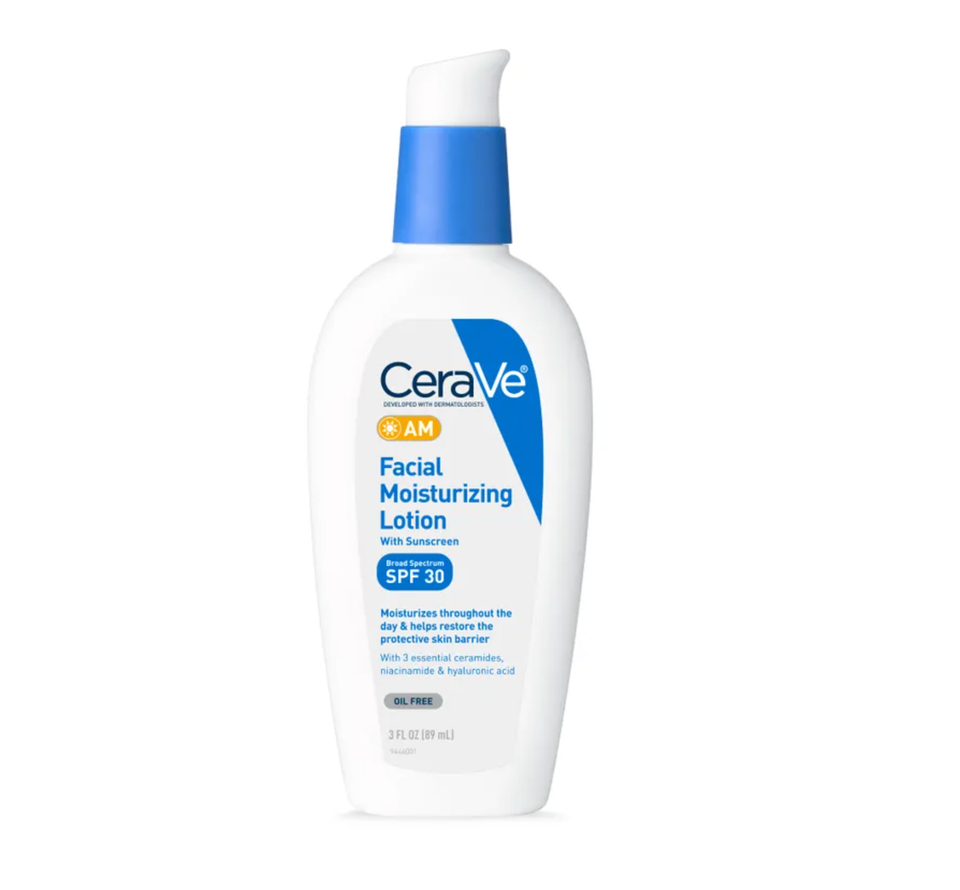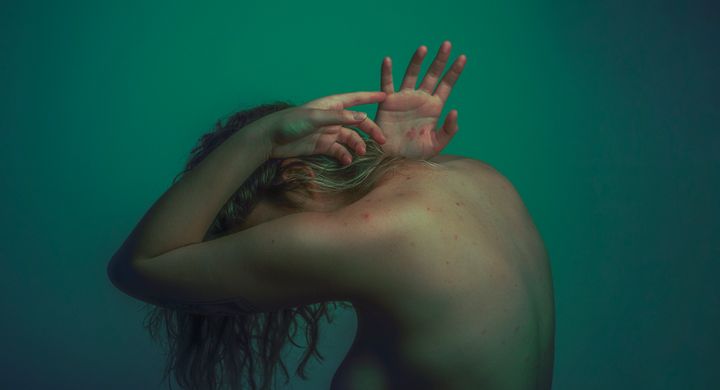
For many people, any deviation from clear skin means it’s time for a treatment plan, especially when it comes to acne. Those inflamed bumps may be frustrating to manage, but what if we told you that what you’re experiencing isn’t actually acne? There’s a condition that can look eerily similar to what we think of as “traditional acne” (e.g. whiteheads, blackheads and red bumps), but is actually the result of an overgrowth of yeast in your hair follicles, also known as fungal acne.
What is fungal acne?
“Fungal acne” is really a bit of a misnomer. Though its symptoms can be very similar to bacterial acne, fungal acne is entirely different and isn’t even considered a type of acne at all.
“Fungal acne is a benign disorder that goes by the name Malassezia (pityrosporum) folliculitis or MF, where the ‘M’ refers to the yeast Malassezia,” said Marie Veronique, a chemist and esthetician. “While the development of acne and [fungal acne] follow similar pathways — starting with an overgrowth of a microorganism that feeds on sebaceous glands, leading to occlusion of the follicle followed by inflammation, infection and eruptions — the actual microorganisms differ.” In the case of traditional acne, the microorganism is bacteria; in the case of fungal acne, it’s yeast.
And while yeast is a natural part of our skin’s microbiome, it becomes an issue when there is an overgrowth of it.
What are the causes of fungal acne?
According to Dennis Gross, a board-certified dermatologist and founder of an eponymous skin care line, yeast likes to grow in warm, wet environments. One likely culprit: your sweaty workout clothes. The combination of heat and moisture is a haven for yeast overgrowth, and keeping your workout clothes on longer than necessary means you’re creating the ideal environment for yeast to thrive.
But sweaty workout gear isn’t the only thing that can create a warm, wet environment, as board-certified dermatologist and AmberNoon founder Erum Ilyas points out. “Hormonal fluctuations and humid environments [can cause] sweat to build up on our skin and become trapped underneath clothing,” she said. “While this sweat is intended to work as a thermoregulatory mechanism to cool our skin, if it doesn’t have the chance to evaporate, it can create an environment that allows yeast to flourish or overgrow.”
Other causes of fungal acne can involve taking steroids ― which can decrease your immune response to fungus and bacteria ― and taking antibiotics to treat acne vulgaris, which changes the skin’s bioflora and allows yeast to overgrow, Ilyas said.
What are the symptoms of fungal acne?
Fungal acne often bears a strong resemblance to bacterial acne, but there are a few differentiating factors, such as size. Fungal acne “can appear as red bumps or whiteheads just like bacterial acne,” Gross said, “but the biggest difference is that fungal acne spots are generally small and all the same size, while bacterial acne can be varying sizes and also show up as blackheads, nodules and cysts.”
For a visual reference, Ilyas said to think of each fungal acne lesion as pinhead size. Bacterial acne, on the other hand, can range from an inflamed papule about the size of a pencil eraser to a cystic nodule the size of a gumball.
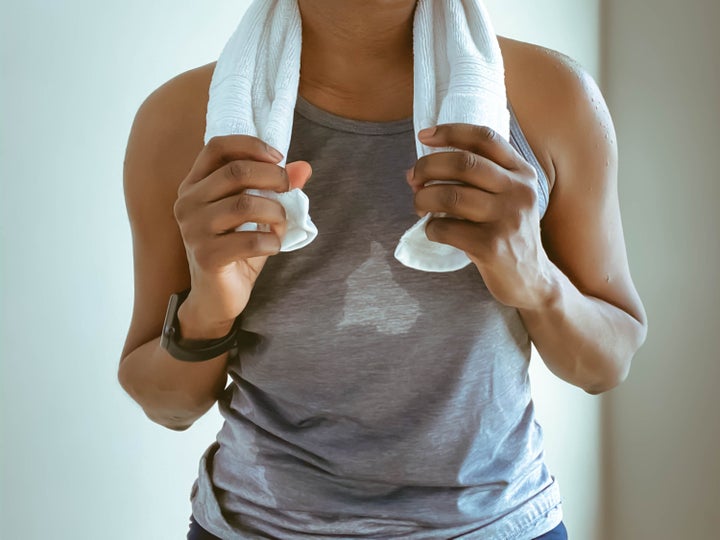
The location of fungal acne is also something to consider. Fungal acne, like traditional acne, can occur anywhere there’s a hair follicle, but you’ll often see it more extensively through the full length of the back (as opposed to the upper back for traditional acne) and along the sides of the neck. The forehead is another prime location, as are the temple, hairline and chest.
Finally, unlike bacterial acne, which can be sore, tender and painful, fungal acne is typically itchy, likely from an immune response to the presence of the yeast in our pores, Ilyas explained.
How do you treat fungal acne?
Prevention is the No. 1 treatment for fungal acne. Make sure to immediately shower and change out of your sweaty workout clothes after a gym session. Look for moisture-wicking fabrics (especially when it comes to sports bras), as these will not only absorb sweat but actually release it into the air, Ilyas said. Also, if you sweat during the night, switch to bedsheets that are made of a breathable fabric.
Fungal acne can last two to three weeks. One big issue is that because it’s usually confused with bacterial acne, people mistakenly attempt to treat it with acne products, which can actually worsen and prolong its symptoms. Once fungal acne is diagnosed, though, Veronique said that oral and topical antifungals can bring relief very quickly.
For over-the-counter treatment, Ilyas recommended using a zinc pyrithione-based soap or shampoo as a body wash, two to three times a week, to reduce the buildup of yeast on the skin. Also, having a fan near your workout area ― or your bed, if you experience hot flashes at night ― can help cool the skin.
Ultimately, Ilyas said, your dermatologist will be able to make a true fungal acne diagnosis by looking at the whole picture: the location of the breakouts, the characteristics of each lesion and the scenario that triggered a flare.
The experts’ favorite products for preventing and treating fungal acne
HuffPost may receive a share from purchases made via links on this page. Every item is independently selected by the HuffPost Shopping team. Prices and availability are subject to change.
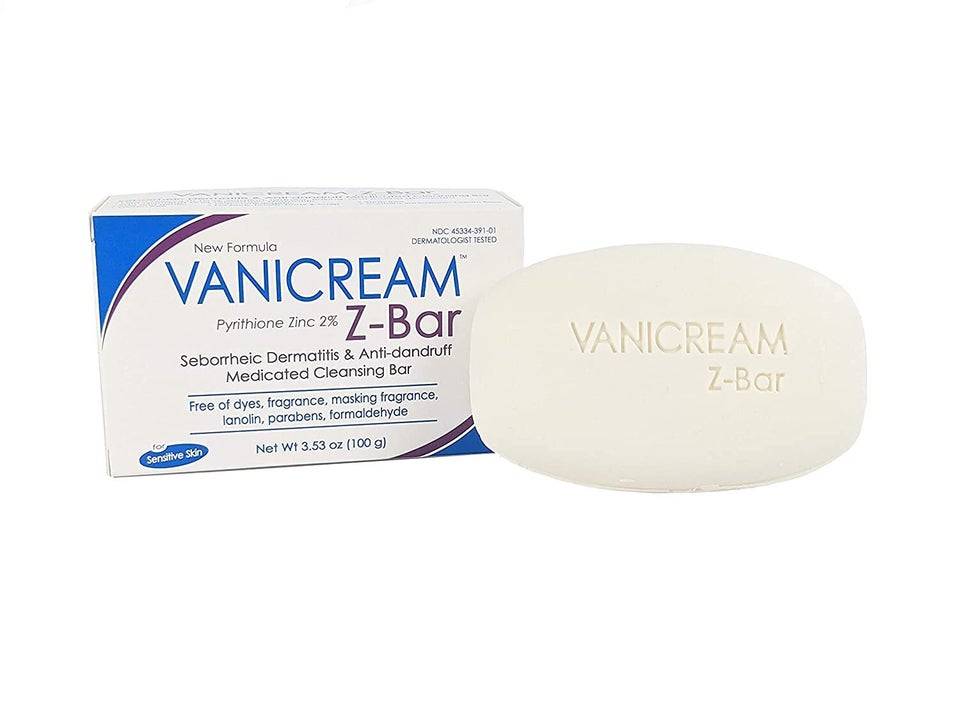
Get it from Amazon for $11.
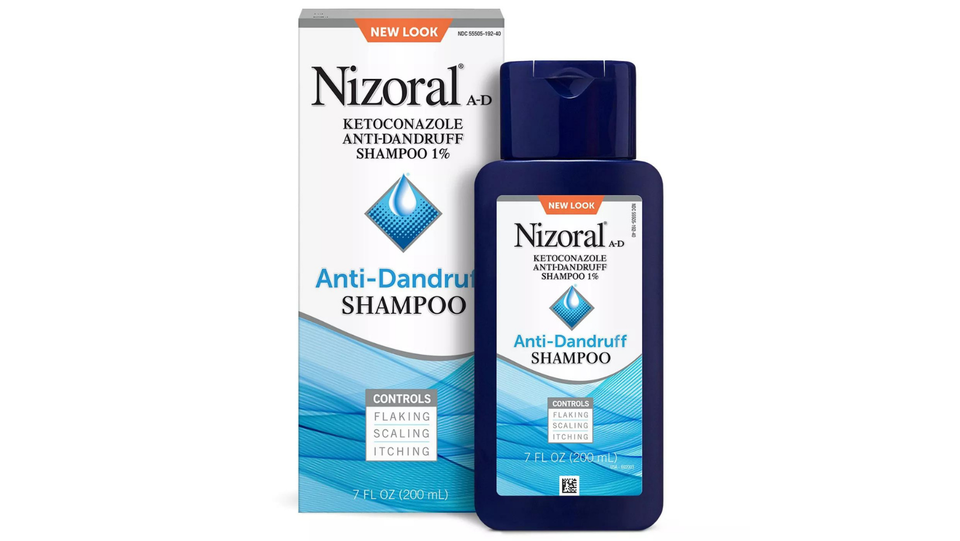
Get it from Target for $15.
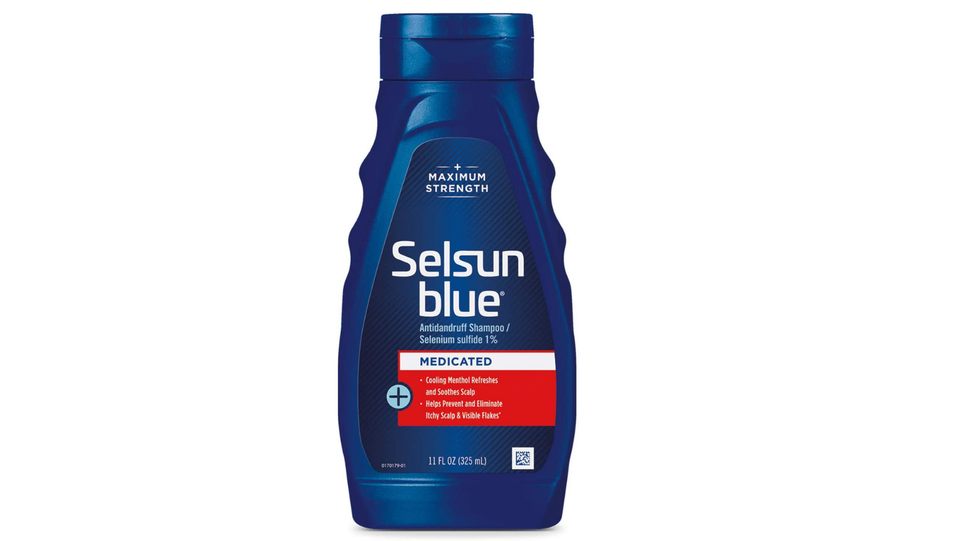
Get it from Amazon for $7.
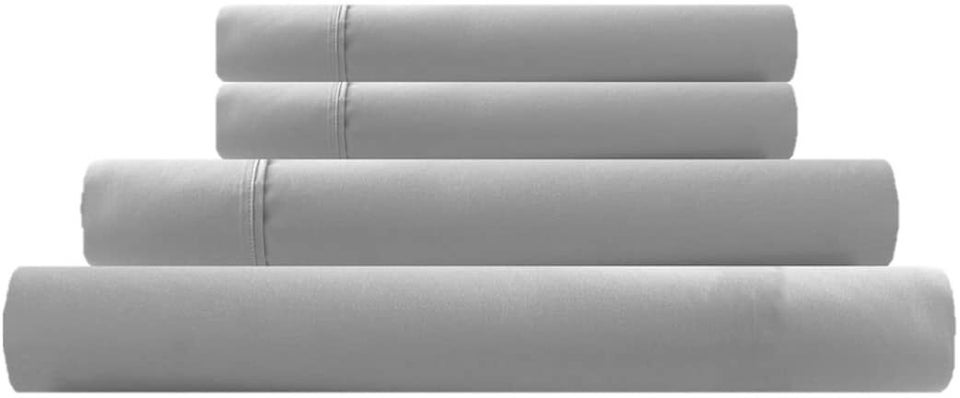
Get them from Amazon for $45.
